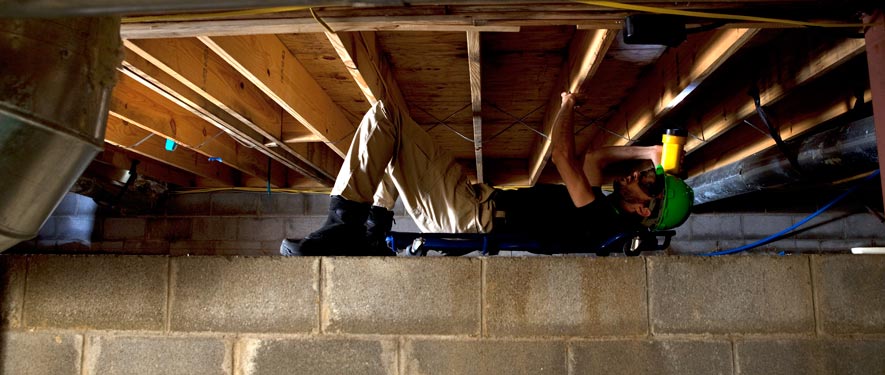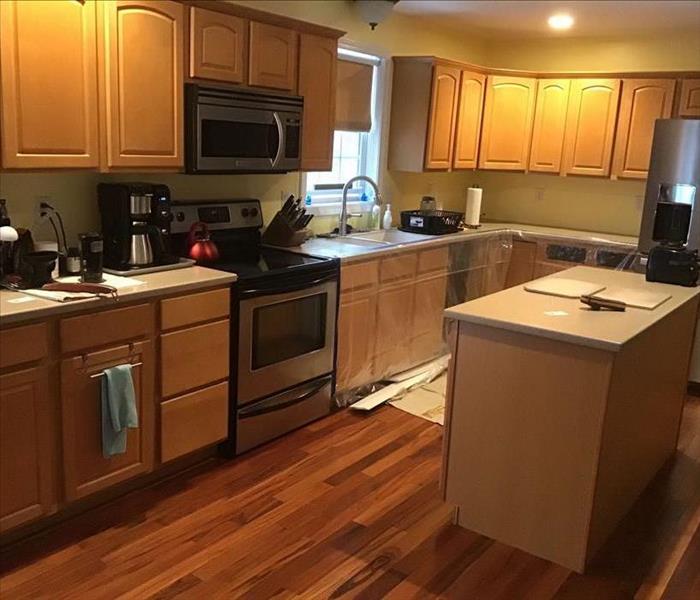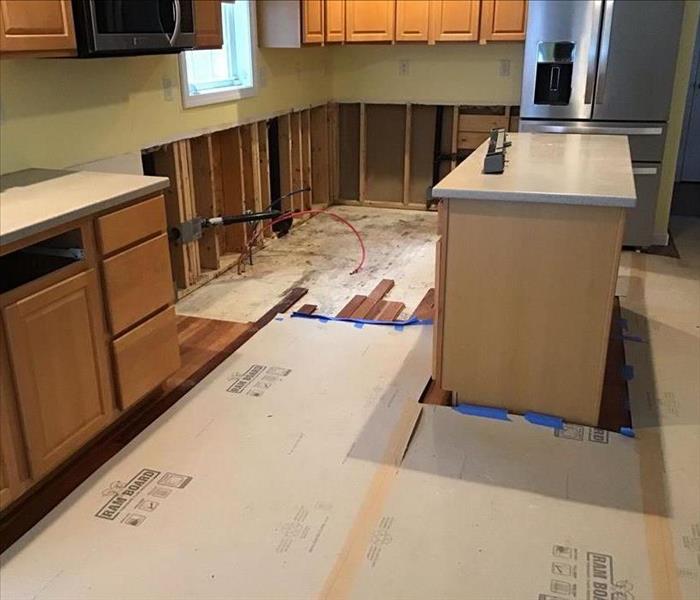
“Mold Removal” vs. Mold Remediation
What’s the Difference?
The method used to remediate moldy surfaces will depend on the type of surface. The porosity
of the material may determine whether mold-contaminated materials are removed or cleaned.
Generally, porous materials must be removed while nonporous materials can be cleaned. Here
are some more generally accepted principles:
• Nonporous materials. HEPA vacuum first to remove loose molds. Then clean visible mold
from nonporous materials using a detergent solution. Such materials would include glass,
metals, formica countertops, hard plastics. Note in some situations where these materials
are worn, they may need to be handled as porous.
Mold can grow in a layer of dirt or condensation on the surface of nonporous surfaces,
such as some painted wood and wallboard. It may be possible to remove the mold by
cleaning with a detergent solution or by HEPA vacuuming if the surface is dry.
• Semiporous materials. HEPA vacuum first to remove loose molds. Then clean materials
such as wood and concrete with a detergent solution, brush with wire brushes or sand using
a sander equipped with a HEPA vacuum collection system.
• Porous materials. Remove and safely dispose of porous materials if mold contamination
has spread beyond a small area. Such materials would include wallboard, ceiling tiles and
insulation.
Signs of Mold? Call Today – (603) 669-7733
Understanding Mold
When water intrudes into your property, mold growth can start in as little as 48 hours. Consider the following mold facts:
- Mold is present almost everywhere, indoors and outdoors.
- Mold spores are microscopic, float along in the air, and may enter your home through windows, doors, or AC/heating systems or even hitch a ride indoors on your clothing or a pet.
- Mold spores thrive on moisture. Mold spores can quickly grow into colonies when exposed to water. These colonies may produce allergens and irritants.
- Before mold remediation can begin, any sources of water or moisture must be addressed. Otherwise, the mold may return.
- Mold often produces a strong, musty odor, and that odor can lead you to possible mold problem areas.
- Even higher-than-normal indoor humidity can support mold growth. Keep indoor humidity below 45 percent.
The Mold Remediation Process
Every mold damage scenario is different and requires a unique solution, but the general mold remediation process stays the same. Learn more about our mold remediation process.
- Emergency Contact - (603) 669-7733
- Inspection and Mold Damage Assessment
- Mold Containment
- Air Filtration
- Removing Mold and Mold-Infested Materials
- Cleaning Contents and Belongings
Locally Owned Company with National Resources
SERVPRO of Manchester is locally owned and operated—so we live and work here too and are proud to be part of this community. We are also part of a national network of over 2270 Franchises with special Disaster Recovery Teams placed strategically throughout the country to respond to large-scale disasters.
We proudly serve Manchester, NH, Auburn, NH, and surrounding areas.




 24/7 Emergency Service
24/7 Emergency Service




